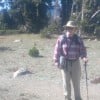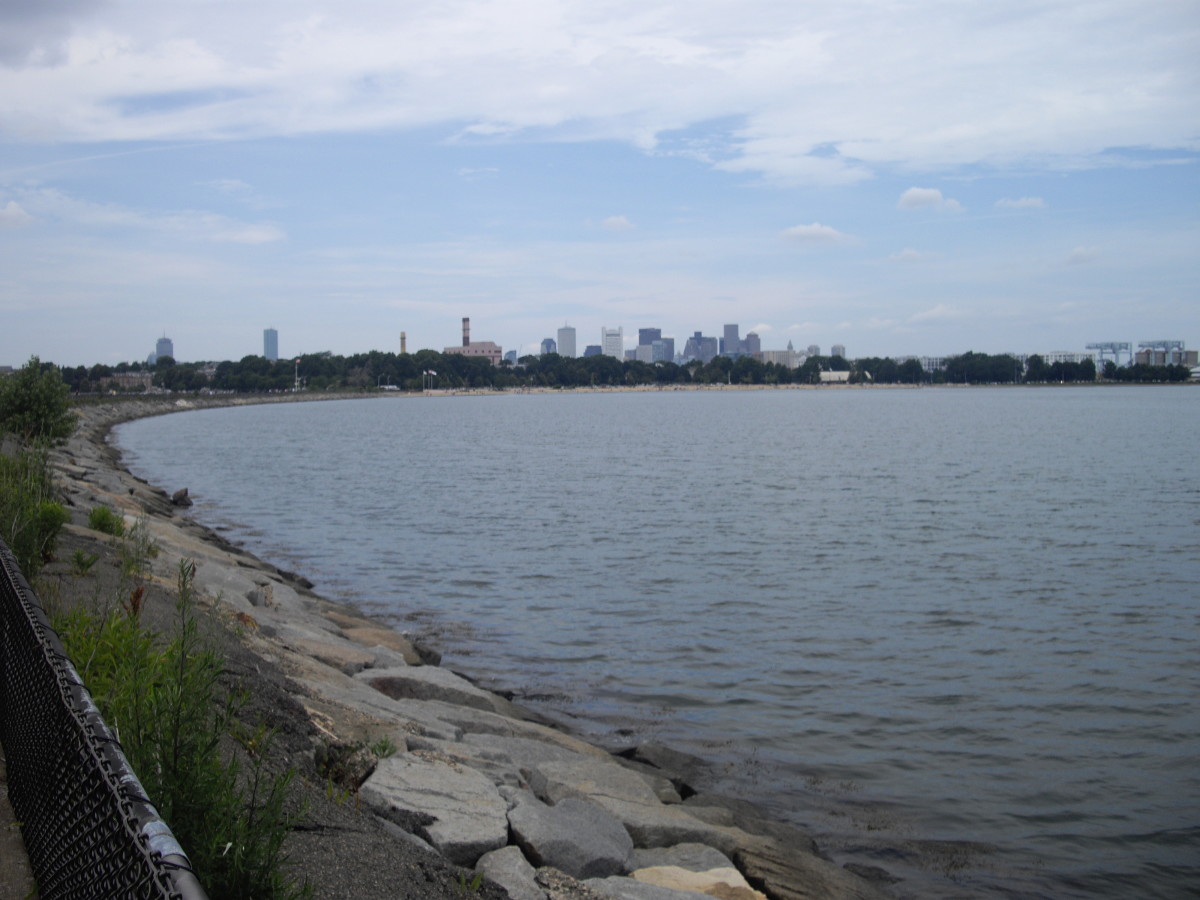How to Pace Yourself While Hiking Uphill
Uphill survey
How do you feel about uphill hiking?
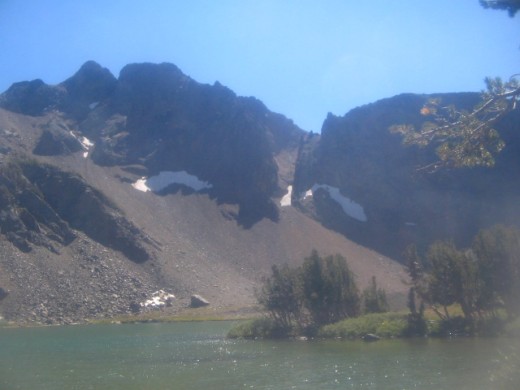
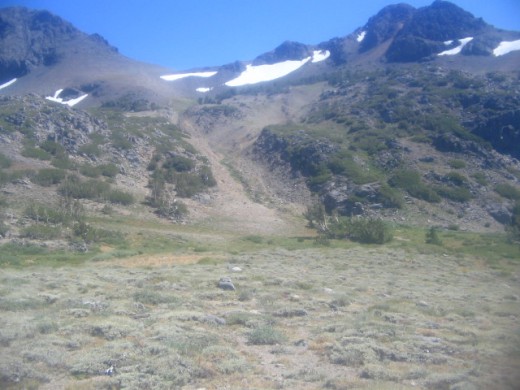
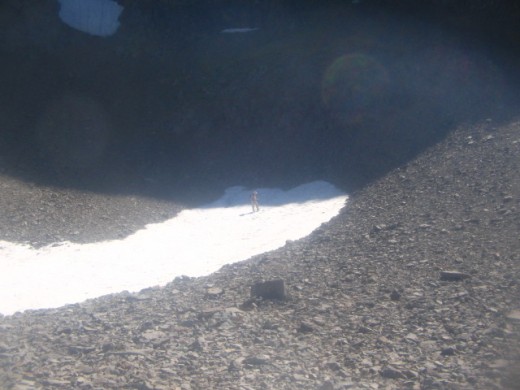
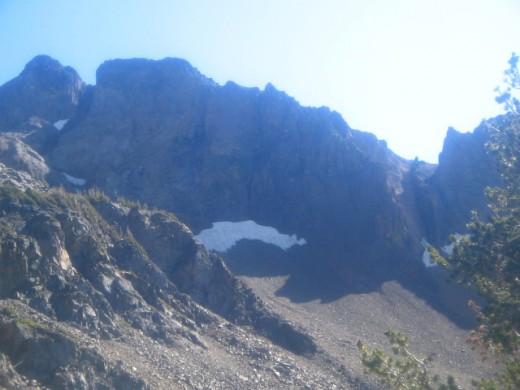
Yes, you can do this!
A world-class marathon runner would not need to be concerned about pacing himself while on a recreational mountain hike with his friends. But for most of us, pacing ourselves while hiking uphill is an issue. I listen to my body, and go at a sustainable pace. Going at an arbitrary fast pace, and trying to 'tough it out' is not a viable long-range strategy.
If our uphill hiking is properly paced, we won't need to take rest breaks, because we'll never get winded. However our dogs (feet) may get tired.
And for some newbie hikers, the quadriceps (upper front leg muscles) may be the limiting factor in uphill hiking performance. The high-resistance strength training that I do for these muscles has made a difference. I've described a less intense exercise for working the quads in another hub. LINK.
Anyway, do stop for frequent sips of water. Do stop for carbohydrate snacks when you're hungry.
By all means, do stop to take photographs, and to enjoy the wildflowers. But if you feel the need to stop and catch your breath, you're walking too fast.
The art of pacing is not in our genetic blueprints; it's a skill that must be cultivated on mountain hikes. On level city sidewalks, we may be accustomed to zooming along at 3 miles/hr (5 km/hr). On a mountain hike, a part of us wants to walk at that same speed. But at a high elevation, a fast pace on a steep uphill grade is unsustainable for most mortals.
In the mountains, fast uphill walking requires considerably more effort than walking at that same speed on level ground. On the uphill parts of a hike, newbies may unintentionally fall into in a rhythm of walking fast for several minutes to the point of being winded, and then resting for an equal amount of time. That's no fun.
Experienced Sierra hikers have an average pace of approximately 2 miles/hr (3.2 km/hr). They go faster than that on the downhills, and considerably slower than that on steep uphill grades at high altitude. However trying to maintain a constant ground-speed of 2 miles/hr on a mountain hike is not practical for most people.
More to the point, one size does not fit all. Learn to recognize your comfortable all-day uphill pace, adjusted for the altitude, and for the steepness of the upgrade.
Attempting to go even 10% faster than your comfortable all-day uphill pace can transform an enjoyable hike into a 'death march'. Afterward, you vow never to do another mountain hike again.
Here's a counter-intuitive principle that's not well-known outside of hiking circles: If you're in good health, walking up a steep hill is not more difficult than walking up a more moderate slope--provided that you have adequate traction. A second caveat: The rate of elevation gain must be the same in both cases.
When we start to walk up a steep hill, we need to downshift, to use an automotive metaphor. In other words, slow down. However this is sometimes difficult to do. Why is that? Because we're so accustomed to walking at a certain speed on flat suburban sidewalks. That habit can be deeply ingrained.
Obviously, heat plus humidity can be the limiting factor for uphill hiking in the tropics. Beware of heat stroke, and slow down well before you start feeling weak. And if you perspire heavily, as I do, consume lots of Gatorade or some other sports drink to replace those precious electrolytes --like salt and potassium -- that you lost in your sweat.
For tropical hiking, it's also a good idea to start as earlier as possible in the morning, before the heat becomes unbearable.
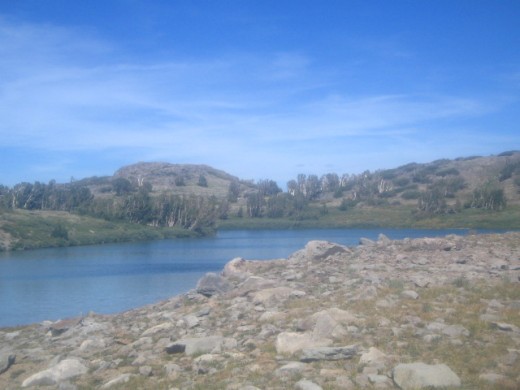
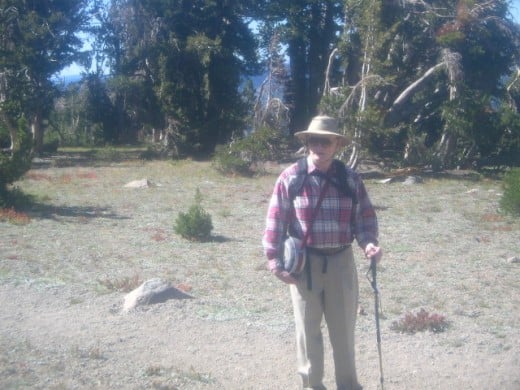
Larry's hiking guidelines
In the beginning, mindful uphill hiking at an all-day pace feels a bit awkward. Sustainable uphill hiking is a skill that requires practice. In the interim, here are three tips for pacing yourself on the uphill parts of your mountain hike. Pick one or more that work for you.
1. Don't walk faster than you can talk. This works better for women than for men.
If you're on a group outing, strike up a conversation with the slowest hiker. Then you'll automatically walk at a reasonable pace.
This is especially important on hikes where the leader feels the need to demonstrate his athletic prowess. He zooms ahead for 10 minutes. Then he stops for 5 minutes, to allow all of the mortals to catch up. Then he zooms ahead again.
People who have served in the military have a name for this: Hurry up and wait! Please do not play his game.
2. For a hiking buddy, choose an out-of-shape friend, who is healthy in all other respects. Let them set the pace, and be very patient. If your friend is skilled at pacing, that's great. If not, that's fine too. They will get winded long before you do. And don't begrudge them the long rest periods that they need.
3. Mindfulness. Learn to recognize your all-day uphill pace, and then never go faster than that. Your all-day uphill pace is not measured in miles per hour; it's measured in breaths, in heartbeats, and in the burning sensation (if any) in your upper legs. At first, the maximum all-day uphill pace will feel absurdly slow. In fact, that's how you recognize the sustainability zone at first. If you don't feel that you're going too slow, then you're going too fast!
With practice, uphill pacing will become second nature. And like me, you'll come to regard hiking as the most fun that you can possibly have with your boots still on.
Bandana fashion statement

What to eat and more
While hiking uphill at high altitude, you can boost your athletic performance by dietary means. Emphasize starchy foods and sweet-tasting foods, like fruits, in your lunch and snacks. This is because of an arcane physiology concept, known as respiratory quotient. This is the ratio of carbon dioxide exhaled to oxygen consumed. Carbohydrates have a higher respiratory quotient than fats and proteins. On mountain hikes, this is a good thing. How so?
The human body has an interesting way of adapting to oxygen shortage at high altitude. Oxygen sensors notice that there's a lower-than-normal amount of oxygen gas in the blood. This is because atmospheric oxygen concentrations fall off with increasing altitude. For example, at 10 thousand feet (3000 meters), the atmospheric oxygen concentration is 70% of the concentration at sea level. Anyway, the oxygen sensors send a message to the brain: Breathe more!
As luck would have it, we also have carbon dioxide sensors in our bodies. When we breathe more, the carbon dioxide concentration in our blood goes down. Those sensors send a different message to the brain: Breathe less. The net result is that we are simultaneously breathing too much and too little at the same time!
At extremely high altitudes, there can be a strange breathing pattern during sleep, in which we cycle between rapid breathing, slow breathing, and.a brief breathing pause, or apnea. This is called Cheyne-Stokes respiration.
While you're adapting to high altitude, emphasize carbohydrate-rich foods during daylight hours. This will boost your hiking performance somewhat. Then have more than 2/3 of your daily protein at supper.
Your body also has pH sensors. pH is a measure of relative acidity, or of its opposite, alkalinity. Carbon dioxide affects the pH sensors in the same way that it affects carbon dioxide sensors. While your body is adapting to high altitude, your remedy is to drink some tart (sour) beverage, like instant lemonade, which is slightly acidic.
There's one more nice thing that you can do for your carbon dioxide sensors while hiking at high altitude: Wear a bandana over your nose and mouth. And yes, wear it bandito style. As you breathe in the normal way, a bit more CO2 gets recycled. And you do not feel the altitude quite as much as before.
One more thing: Ounce for ounce, a bandana is a very efficient way to hold in body heat. We lose a considerable amount of heat through our heads. I can really feel it, because I am bald on top. However I am not claiming that a bandana can replace a wool sweater. Just sayin'.
Because of the heat-trapping efficiency, I suggest wearing a bandana on cool mountain hikes, but not on hot hiking days.
Copyright 2011 and 2015 by Larry Fields
